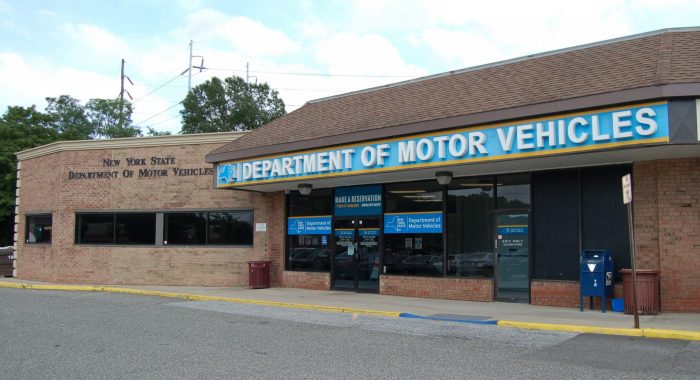By A. Craig Purcell, Esq.

Back in September of 2023, the New York State Department of Motor Vehicles (DMV) issued a press release to announce proposals to strengthen regulations “to get dangerous drivers off the road.” These proposed amendments would bolster the state’s ability to remove drivers who engage in risky behavior and make it “more difficult for persistent violators to restore driving privileges.”
These changes in regulations are part of a multifaceted strategy to combat reckless driving, which endangers everyone.
Commissioner of the New York State Department of Motor Vehicles and Chair of the Governor’s Traffic Safety Committee, Mark J.F. Schroeder, stated that “the message is simple: If your actions behind the wheel put others in danger, you don’t belong in the driver’s seat. That’s why we are proposing significant and aggressive actions to protect other drivers, motorcyclists, bicyclists, pedestrians and children. Everyone deserves to feel safe regardless of how they choose to commute or enjoy our roads.” The amendments will:
1. Increase the number of points associated with dangerous driving.
The long-established Driver Violation Point System gives the NYS DMV a way to identify and act against high-risk drivers. The DMV assigns points for certain traffic violations. DMV is proposing to add point values to violations that presently have none. These violations include alcohol or drug-related convictions, driving without a license, and any violation involving speeding in a work zone, leaving the scene of a personal injury crash, or striking a bridge. DMV has also proposed to increase the point value for certain violations such as passing a stopped school bus.
2. Decrease the threshold at which dangerous drivers are disqualified from holding a license.
Currently, if a licensed driver accumulates 11 points in 18 months, his or her driver’s license may be suspended. The DMV is proposing to amend that regulation to keep more habitual offenders from driving. The proposed amendment will increase the time frame that administrative action can be taken against a persistent violator from 18 months to 24 months. DMV is also proposing changes to the point system used to evaluate requests for re-licensure after drivers have been convicted of multiple reckless driving and similar violations.
These changes will make it more difficult for drivers with many convictions to regain their driving privileges. During that evaluation process, DMV is also proposing a change that will allow the agency to consider an applicant’s driving history going back four years from the date they applied for re-licensure. DMV previously looked at a driver’s record going back three years.
3. Lower the bar for permanent license forfeiture for reckless drivers who continue to drive under the influence of drugs or alcohol.
DMV is also proposing to reduce the number of alcohol- or drug-related driving convictions or incidents that would result in a permanent denial of a driver’s license application. Currently, where regulations stipulate that an application for re-licensure be denied if a driver has five or more alcohol or drug-related driving convictions, the DMV is proposing to lower that number to four or more alcohol or drug-related convictions.
The DMV is also proposing to change regulations to allow for permanent license revocation after three alcohol- or drug-related driving convictions plus one or more other serious driving offenses.
Other proposed changes will empower the DMV to deny an application for re-licensure for two years if the applicant has three alcohol- or drug-related driving convictions and no serious driving offense. Other applicants who meet the same criteria but have a current license revocation for an alcohol or drug-related conviction will face a five-year revocation.
We will keep the public informed on the progress of these proposals in the New York State Legislature.
A. Craig Purcell, Esq. is a partner at the law firm of Glynn Mercep Purcell and Morrison LLP in Setauket and is a former President of the Suffolk County Bar Association and Vice President of the New York State Bar Association.








